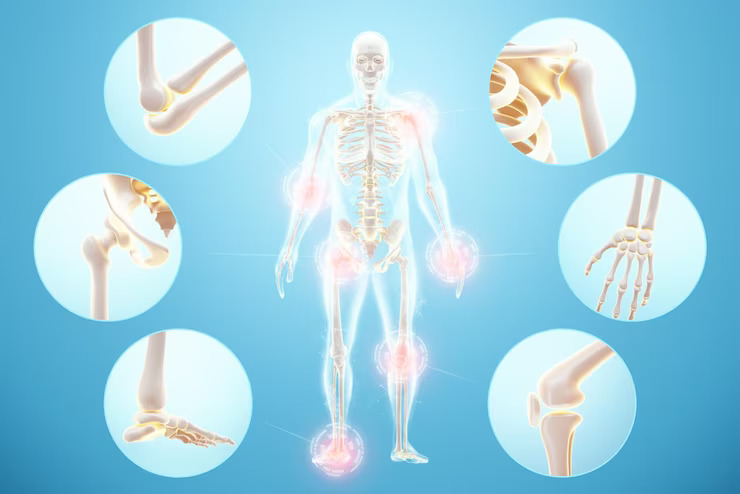
Proximal Tibial Osteotomy
In contrast to high tibial osteotomies, proximal tibial osteotomies include taking a bow-legged patient and making them either somewhat knock-kneed or with normal alignment across the centre of the knee. This entails cracking the proximal (typically inner) portion of the tibia using a surgical tool, leaving a 10-15 mm-wide hinge of bone on the lateral (outside) aspect of the tibia intact, and opening it up to allow the leg alignment to swing across. This is the wedge-shaped opening to it. The wedge-shaped opening is then filled with bone graft after being secured in place with a plate and screws.
Conditions Treated
- Changing the alignment in the knee's center
- Altering patients' alignment who have bow legs
- For stability, fill the aperture in the shape of a wedge
Emergency?
24 Hour Ready
Call Us for Emergency
+91-9828501360
Book an Appointment
Seamless Fitness Care Access: Booking an Appointment with Your
Trusted Doctor
Proximal Tibial Osteotomy FAQ's
A proximal tibial osteotomy is a surgical procedure in which a portion of the proximal (upper) tibia is cut, repositioned, and fixed in a corrected alignment to address issues related to knee malalignment, instability, or degenerative joint disease.
The duration of benefits can vary based on the specific procedure and the individual. Corrective osteotomies can provide long-term relief and stability if the procedure is successful and the underlying condition does not progress.
Recovery varies based on the specific procedure and individual factors. It typically involves post-operative rehabilitation, physical therapy, and gradual return to normal activities. Recovery times can range from a few weeks to several months.